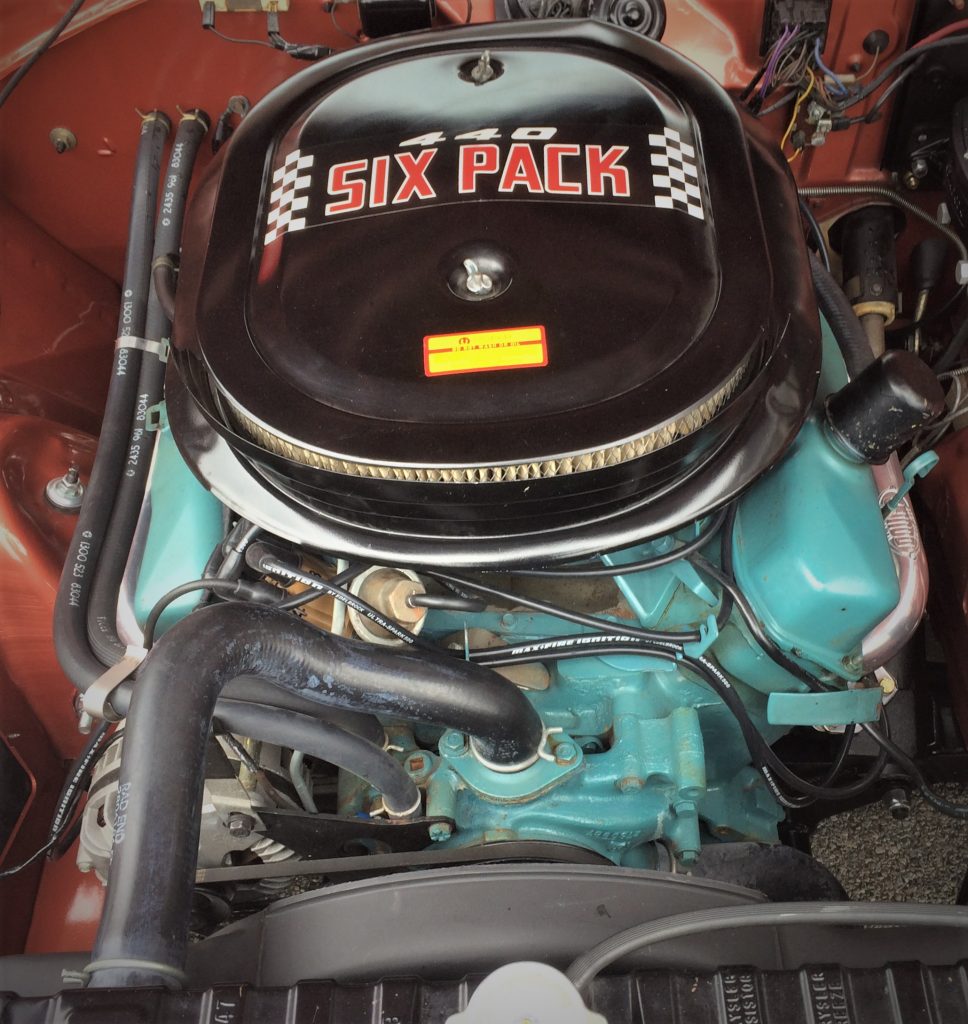Q: I own a classic 1970 Mopar with a 440 engine.
The engine is bored .040 inch over, has a forged crank, flat top pistons, and ‘452’ cast heads—the original ‘906’ cast heads were eaten up by unleaded fuel. It also has a Weiand Action Plus intake, a Holley 750 vacuum secondary carb, a stock distributor, a 272/282 duration cam (at .050 inches), and Thorley headers.
I’m having problems with detonation. I use super unleaded, and it sounds like popping corn under acceleration. When I bought the rig, some exhaust leaks covered up the detonation sound, and I blamed the poor performance on the chewed-up valve seats. Having fixed the leaks and replaced the heads, I can hear the sound now.
I have retarded the timing back so far the engine barely runs, which has reduced the pinging, but I can’t tow or drive around much in the mountains. I have even replaced the distributor with another stock unit and a performance model, to no avail. Do you think there is enough difference in the size of the heads to matter?

A: According to our manuals, the 906 cast heads will give you a chamber size between 79-81cc, while the 452’s will give you between 86-92cc. So, switching to the 452 cast heads should have lowered your compression ratio, but we can’t really say exactly how much, due to the variation.
Another consideration is which pistons you have. Most 440 replacement pistons provide low compression, even with the 906 castings. Providing that your pistons are at least .020 inches down in the bore (they are probably a lot more), compression should not be a problem.
You didn’t mention any cooling issues, but an overheating engine can behave in the manner you described. An inefficient cooling system and/or a lean fuel condition can cause excessive engine temperatures.
Speaking of lean fuel, that condition can cause detonation. Our advice would be to set total timing between 32 inches and 36 inches, and adjust the jet size in your carburetor until you have a light brownish-colored spark plug. We’d also advise you to install a mechanical water temperature gauge: engine operating temperature should be in the 180-200 degree (Fahrenheit) range.
…

I also have overheating problem. I have a 440 .30 over 915 heads ported steel crank aluminum piston. 800 elderbrok carburetor. Need Help
I have built dozens of 383s and 440s and had 3 with over heating problems that would come and go . The problem usually started after a rebuild when I had them bored. The local radiator shop had a tool they placed were the radiator cap would go and detect for exhaust in cooling system, and if there is any you can never keep them cool. In my case it was a cracked Cyclinder but it could be head gasket or head. The casting on the old engines was not as good as it is today but done right they are great street performers.
In 1967 the first 440s had closed chambers . In 1968 they came out with the 906 open chamber to help emissions . The 318 and 340 all had open chambers to start with and when they came out with the magnums they went to closed chambers to help emission and performance .i have a stroked 440 I have been working with (505CI) and have edelbrock victor closed chamber heads and flat top pistons. I have the block decked so the pistons are flush with the deck and use a .040 thick head gadget with a mild roller cam it made 670 Hp on 91 octane pump gas and the same with race gas. The compression ratio was 12.8 to 1 and timing at 32 degrees . The first thing I do when building a big block Mopar is getting rid of those open chamber heads. I know they can be worked over to make pretty good HP but they are detonation prone. Using a aluminum closed chamber head and running the pistons.040 from the head will make a different motor out of the 440 no matter the rest of the engine.